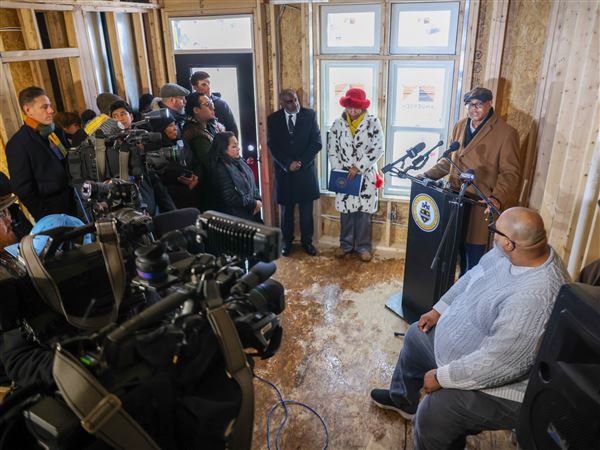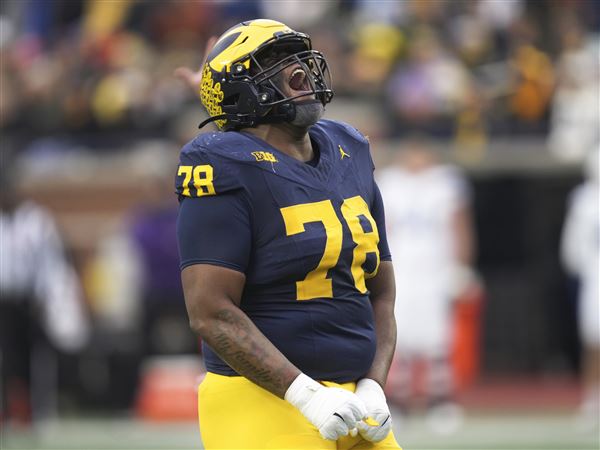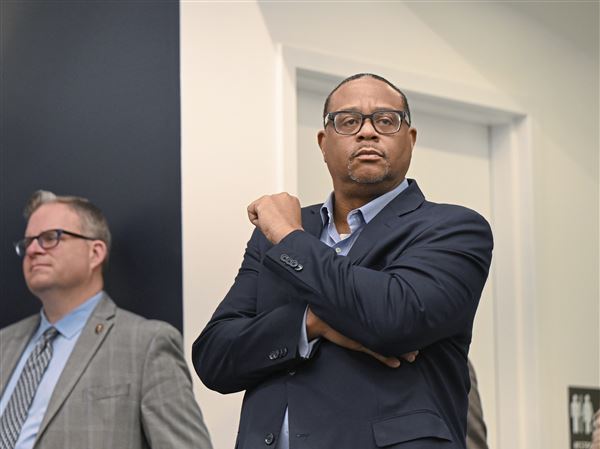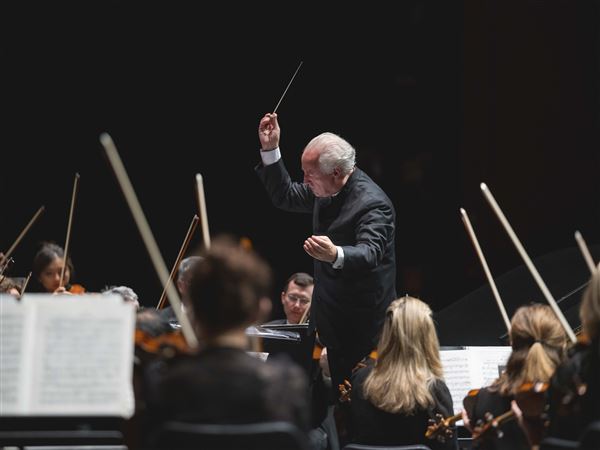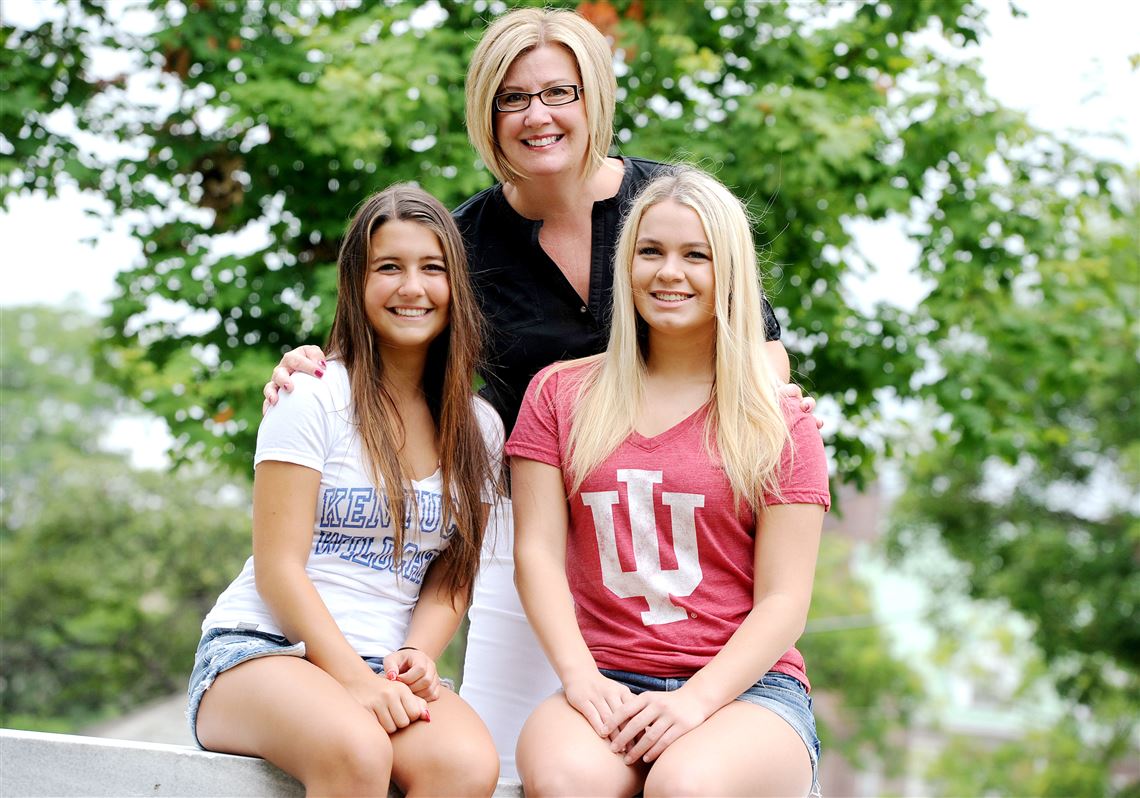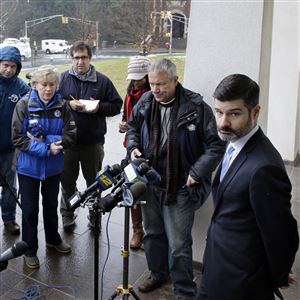August officially kicks off college application season. Rising high school seniors will begin inking their essays and submitting their grades and test scores to more than 4,000 U.S. colleges and universities.
Next month, many students begin using the Common Application — an undergraduate admissions application that students may use to apply to any of its 625 members.
For some colleges, application fees have become a steadily growing stream of additional revenue.
Take Penn State University, where the application fee is $50. With 53,472 undergraduate applicants each year, the school reels in hundreds of thousands of dollars in application fee revenue. (For students who are financially eligible, their fees are waived.)
It’s not alone. At UCLA, which receives more applications than any college in the U.S., more than 90,000 undergraduate applications flood the system — although only about 20 percent get admitted and only one-third of those actually enroll. So UCLA generates millions of dollars from its applicants, many of whom pay the $70 fee but do not enroll.
The business of college applications is complicated. Schools argue that it takes a lot of time and technology to sort through that avalanche of submissions. In fall 2015, about 20 million students attended American colleges and universities, an increase of 4.9 million since 2000, according to the National Center for Education Statistics.
And, consultants who advise applicants note, students and families eager to have good choices rarely quibble over an extra $10 here or $80 there to play the will-they-take-me game. Many schools, like Penn State, have systems to waive fees for those who can’t afford them or perhaps for those who show up early, have good grades and actually walk the dorms and the quad.
Some colleges have experimented with waiving fees entirely. A few years ago, Drexel University did that. The school saw an increase of 20,000 applications the next year. Enrolling just three or four more students compensated for the waived fees.
Families, advisers say, might want to think twice before applying to so many schools. But so far, the flood of applications shows no sign of ebbing.
“Schools do bring in a tremendous amount of money with application fees and the truth is they could charge whatever they want with that fee,” said Jason Hand, a college planning consultant and former director of admissions and enrollment at Rutgers University.
Bethel Park High School graduate Lexi Lutheran estimates she spent about $1,000 in applying to 12 colleges. She spent $40 to apply to the University of Tampa, where she will begin classes this fall.
Gillian Kasper, a Hampton High School graduate and soon-to-be freshman at Washington & Jefferson College, also applied to 12, and said most of her friends applied to around 10.
Both students worked with Bridget Hotrum, president and founder of the college applications consultancy College Bound Admissions Academy in Peters.
One student with whom Ms. Hotrum has worked applied to 22 colleges. Last year, a girl with whom New Jersey-based college planning consultant Mr. Hand worked applied to 21 colleges. Both consultants said most of their students apply to between six and eight colleges, paying an average of $50 per application.
If the University of Pittsburgh — which charges $45 — were to increase its fee to $55, “Nobody is going to say, ‘You know what, I’m not going to apply,’” Mr. Hand said. “And that $10 would equate to additional revenue for the school. It’s amazing to me that schools don’t even charge more.”
Strained support systems
More applicants does not mean schools are hiring more financial aid and admissions employees, Mr. Hand said. For a college with 30,000 students, there may be around 15 employees in the financial aid or admissions office. If every student calls just once, that’s 30,000 phone calls.
“Support systems are very strained,” he said.
Three local institutions — Pitt, Chatham University and Duquesne University — responded to questions on their processes with emails that said their fees cover the costs of reviewing applications and nothing more. Marc Harding, Pitt’s chief enrollment officer, said that school’s fees cover labor and technology costs associated with processing applications.
Pitt got 30,626 applications last year, while Duquesne got 7,354 and Chatham 1,086.
In years that Pitt and Duquesne receive an uptick in number of applications, no additional staff is hired.
Instead, Duquesne “admissions counselors may work overtime to ensure that the application packages are reviewed and decisions rendered on a timely basis,” said Kelley Maloney, director of marketing and communications for the university’s enrollment management group.
At Washington & Jefferson, the staffers “just work harder,” said Robert Gould, the college’s vice president for enrollment.
Pitt has hired additional admissions staff to accommodate increased applicants, but most schools said their staffs have not grown much over the years.
Mr. Hand said not every application is read at large schools such as Rutgers. Big institutions typically have automated processes, where staffers can set a threshold for grades and test scores. A student with high scores, for example, is admitted by a computer.
Penn State declined comment.
Staffers at schools that receive fewer applications read the ones they get. At Pitt and Chatham University, every application is read by at least three people. At Duquesne and Washington & Jefferson, each is seen by two sets of eyes.
Spikes can be triggered by non-academic or even financial reasons. Villanova University won the 2016 NCAA men’s basketball championship. The Wildcats won in early April, a month before students are required to make deposits on their finalized school.
“They got inundated with applications and now they’re over-enrolled,” Mr. Hand said. “Now if they want to charge $100, I don’t think anybody would blink.”
Many families anticipate they will pay more than $100,000 for college, so a few hundred dollars in application fees is negligible, Mr. Hand said.
Ms. Hotrum founded her company in 2002, and has worked with families from the million-dollar tax return level to the zero dollar tax return. Never has a student or family squabbled about application fees.
“Not one,” she said.
Managing the entity
Colleges remain under financial pressure in several areas.
For public universities eligible to receive state and federal funding, states have reduced spending on public higher education by 17 percent since 2008. Meanwhile, tuition has risen 33 percent, according to the Center on Budget and Policy Priorities.
Another factor: What has been dubbed as the college amenities arms race — the rush to drive academic rankings by attracting strong students with new academic buildings, dormitories and athletic facilities. It’s left many colleges saddled with debt.
Student application fees is a relatively easy way colleges can compensate for some costs.
There are two reasons that schools collect the bulk of their application fee revenue from students who won’t even spend a day on campus.
For one, many students are applying to more colleges than previous generations did. Fifteen years ago, 9 percent of students applied to seven or more schools. Now that number is over 30 percent. Overall, 80 percent of students apply to four or more schools.
The second stems from the rising popularity of the Common Application, which streamlines the application process for both students and colleges. With a few clicks, students can apply to a dozen or more colleges, with each school setting its own fee.
Ohio State University accepted the Common App for the first time in 2013 and saw a 24 percent increase in the number of applications it received.
Lessening the burden
With more students applying, colleges can become more selective, putting further pressure on applicants.
Colleges and third-party organizations are trying to help students better handle the pressures.
Some are holding the line on their application fees. Duquesne’s has remained at $50 for 15 years. Pitt’s has been $45 since 2006.
For over a decade at Washington & Jefferson, the fee has been waived if the application is submitted electronically, Mr. Gould said. Last year, only five students applied via mail to the private liberal arts college 30 miles south of Pittsburgh.
Hundreds of schools highlight that their admissions are test-optional, a step meant to save students from the emotional and financial stresses of standardized tests such as the SAT and ACT.
Dropping the test requirement increases the average number of applications a school receives, according to a 2014 University of Georgia study. But many test-optional schools do not award students who don’t submit scores with the same academic scholarships that test takers get.
Other schools waive fees for students who visit campus, earn high grades and demonstrate interest in attending.
While there is no data on how many fees are waived, Ms. Hotrum said if a student is qualified for free or reduced lunch, he or she is generally also eligible for waived application fees.
More than 2,000 institutions have partnered with the College Board to waive up to four application fees for income-eligible students, said Angela Garcia, executive director of college planning in the college and career access division of the New York City-based nonprofit organization that administers the SAT and other standardized tests.
She suggests students redefine their college lists and build the list carefully, weighing financial fit heavily. She also suggests students communicate with colleges early. Some waive fees for students who demonstrate interest before their senior year.
It’s about being realistic, Mr. Hand advises his students.
“Some kids will list off Miami, Michigan and UVA,” he said. “I ask how they’re going to visit all those. They go, ‘I’ve never thought about that.’”
Ms. Kasper, the Hampton grad who applied to 12 colleges, said if she were to do it all over again, she’d limit herself to no more than six or seven.
“Twelve is unnecessary,” she said. “Don’t have a whole list of schools. Don’t overwhelm yourself by randomly choosing schools.”
Matthew Gutierrez: mgutierrez@post-gazette.com or 412-263-3852. Twitter: @Matthewgut21.
First Published: July 24, 2016, 2:43 a.m.
